If the global pandemic has taught us one thing about work, it’s that the flexibility to work from anywhere isn’t a luxury but a necessity. And with a growing number of companies turning to outsourcing and collaborating with remote expertise, Enterprise Mobility Solutions (EMS) has become a need.
EMSs are a suite of tools and policies that let a company’s employees and associates work anywhere, securely and safely. These solutions are crucial for organisations that want to support a mobile workforce while maintaining security, compliance and productivity.
Thanks to favourable tailwinds, the global market for enterprise mobility is expected to grow to $69 billion by 2030. This spiking revenue and a whopping CAGR of almost 24% provides ample opportunities for companies hoping to aid clients with their enterprise mobility.
This blog will help you get up to speed on EMSs from types, features, commercial potential and more.
Let’s begin!
What's an enterprise mobility solution?
The term enterprise mobility solution has evolved over the years. The widespread laptop ownership and near-total WiFi availability has transformed the way we work. With a laptop in hand and a reliable internet connection just about anywhere, gives access to a ton of computing resources, which they could use to access a wide range of work files and data.
But this flexibility raises security concerns. The need to securely manage a distributed workforce resulted in EMSs. An EMS is a suite of mobile management systems and services to secure corporate data on an employee’s mobile device for a productive and compliant mobile workforce.
Today, people use EMS to enable mobility and access on personal laptops, smart devices like tablets and more for accessing a wide range of company data remotely – this is known as BYOD (bring your own device).
Types of enterprise mobility solutions
Various sorts of EMS solutions have evolved based on different business requirements. Here’s a few solutions you might want to consider. 👇
Device management
Mobile Device Management (MDM) solutions focus on managing and securing mobile devices (like smartphones, tablets, laptops) used by employees. They make sure that devices are configured, updated and secured according to corporate policies.
It contains features like device enrolment, which simplifies the process of adding new devices to the network. Other features like passcode requirements, remote wipe capabilities and encryption help manage devices remotely, including software updates and app installations.
App management
Mobile Application Management (MAM) solutions distribute corporate apps to employees. They focus on managing applications used on mobile devices for a secure, compliant and optimised for business use.
MAMs are especially helpful when employees quit or a device is stolen. In these cases, the controlling organisation can delete the app and all of its associated data from the phone.
Identity management
Mobile Identity and Access Management (IAM) solutions allow only authorised users to access corporate resources on mobile devices. They manage user identities and access controls by verifying user identities through various methods like passwords, biometrics and multi-factor authentication.
Information management
Mobile Information Management (MIM) solutions focus on managing and securing the information and data accessed on mobile devices. They make sure that data is protected and used appropriately through strong encryption measures used in preventing unauthorised data access.
Content management
Mobile Content Management (MCM) solutions help organisations manage and secure the content and data accessed on mobile devices. Features like secure content distribution, data protection through encryption and access controls help secure your content.
Also, MCMs have smart collaboration tools to facilitate secure teamwork, version control to manage different iterations of documents and content sharing capabilities. This maintains secure content sharing within the organisation.
Expense Management
Mobile Expense Management (MEM) solutions help organisations manage and optimise the costs associated with mobile devices and services.
They include features like cost analysis to identify cost-saving opportunities; policy enforcement to ensure compliance with company policies on mobile usage and invoice management to automate the process of managing and paying mobile bills.
Why are enterprise mobility solutions important?
Every organisation strives to succeed by making its operations seamless and its customers happy. Here are some key benefits of EMSt. 👇
Data security
Securing data is a high priority for any organisation. That’s why application management, identity management and application management are helpful. They can maintain data encryption and access controls, protecting sensitive information from unauthorised access and potential threats.
Low operational costs
An EMS makes it easier for employees and contractors to work from home, providing the potential to reduce spend on workspaces, including rent, bills and so on.
Scalability and flexibility
EMS are designed to scale with the growing needs of the organisation. They can accommodate a growing number of devices and users so that systems remain efficient and effective as the business expands.
Better collaboration
Features like secure content sharing and collaboration tools improve the user experience for employees, making it easier for them to work on the go and stay connected with their teams.
Boosted productivity
EMSs let employees do their job from anywhere, at any time, boosting productivity and efficiency. This flexibility allows for seamless collaboration and faster decision-making.
Conclusion
EMSs help in maintaining productivity, security and compliance. From managing devices and applications to securing data and optimising expenses, these solutions provide the tools needed to support a modern, mobile workforce.
By implementing the right mobility and security strategies, organisations can ensure that their mobile operations are efficient, secure and aligned with business goals.
This is where working with the best in the industry significantly increases your chances of successfully building your own software.
Builder.ai helps you build your software efficiently. We:
✅ - Assign you a dedicated project manager, who keeps all stakeholders on your software project aligned and on track; you never need to speak to a software developer or write a single line of code
✅ - Speed up development time by giving you access to a comprehensive library of reusable features, fitted together by AI
✅ - Give you upfront costs and competitive timelines so your project stays under control
If that’s something you’d like to explore, please get in touch 👇
Create robust custom software today
100s of businesses trust us to help them scale.
Book a demoBy proceeding you agree to Builder.ai’s privacy policy
and terms and conditions
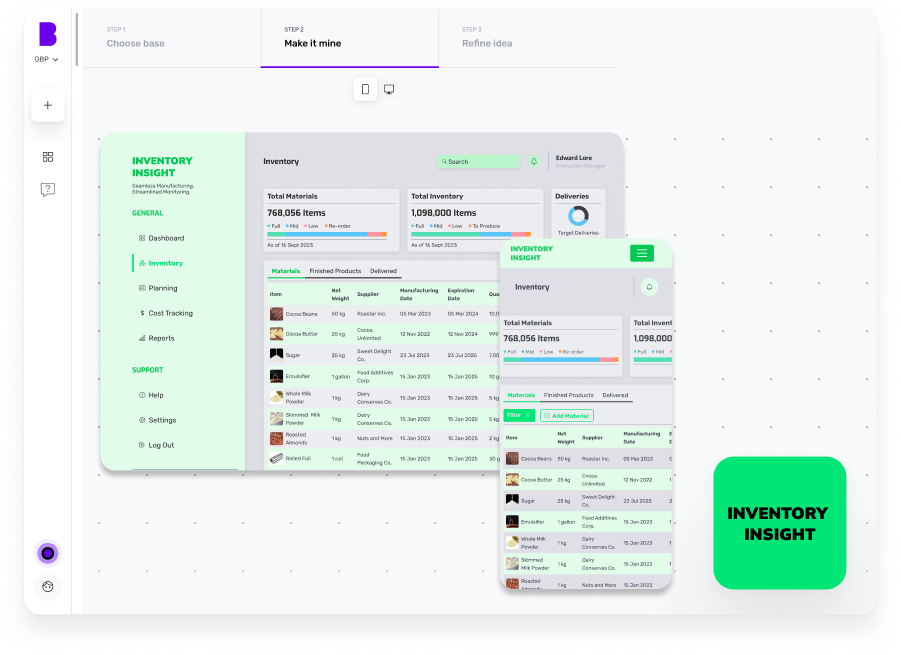
FAQs
What's an EMS?
Enterprise Mobility Solutions are tools and strategies that enable businesses to manage and secure mobile devices, applications and data, ensuring productivity, security and compliance in a mobile workforce.
What are the different types of EMS?
The different types include mobile device management (MDM), mobile application management (MAM), mobile identity and access management (IAM), mobile information management (MIM), mobile content management (MCM) and mobile expense management (MEM).
Harsh Priya is a writer at Builder.ai. She has over 3 years of experience in content marketing, spanning across fields like AI, Machine Learning, software, tech, health and lifestyle. With a background in English literature and a fervent passion for research and analysis, Harsh transforms complex concepts into compelling and insightful narratives that educate and drive significant reader engagement.

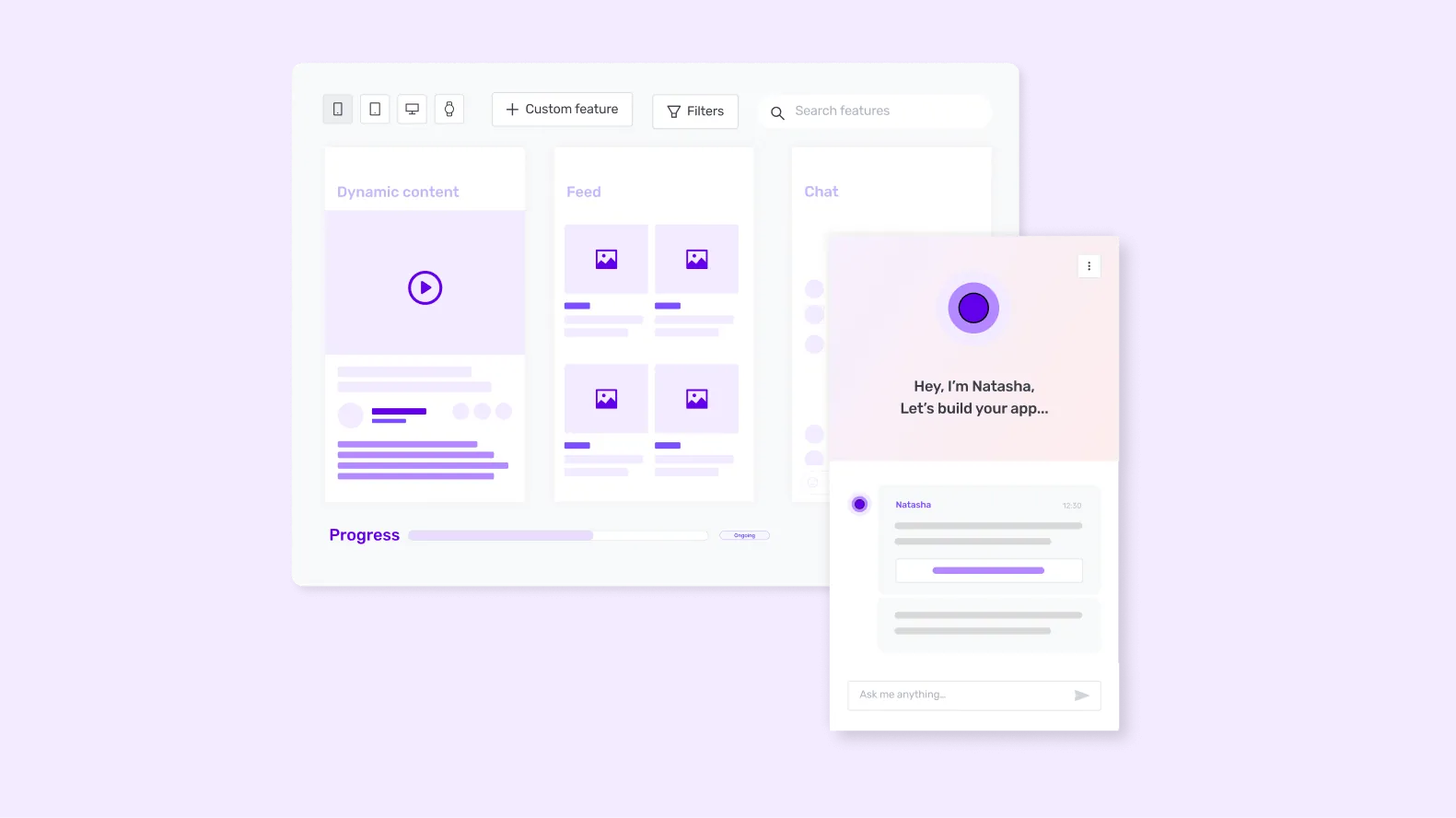

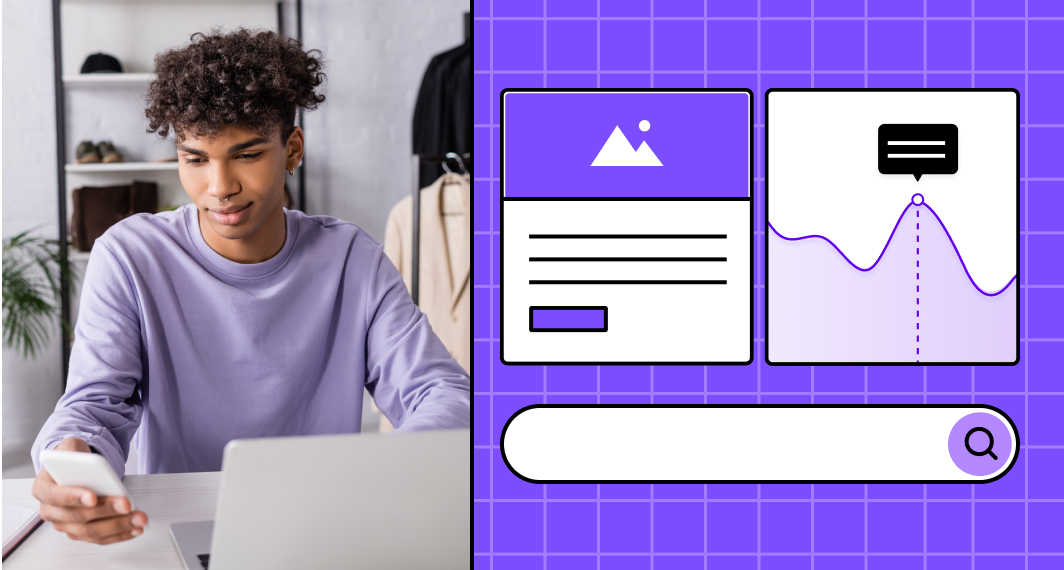

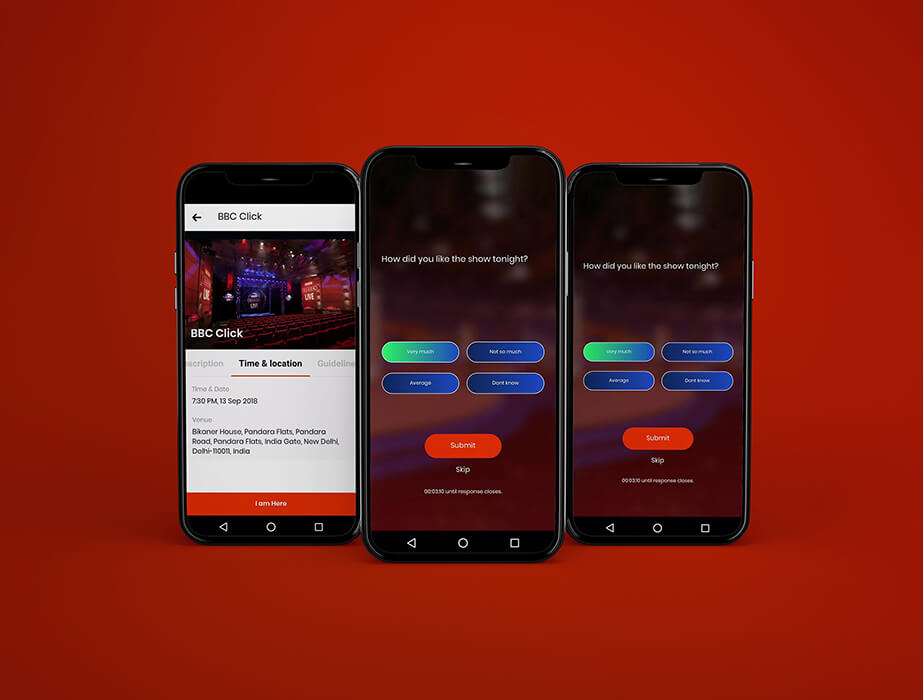

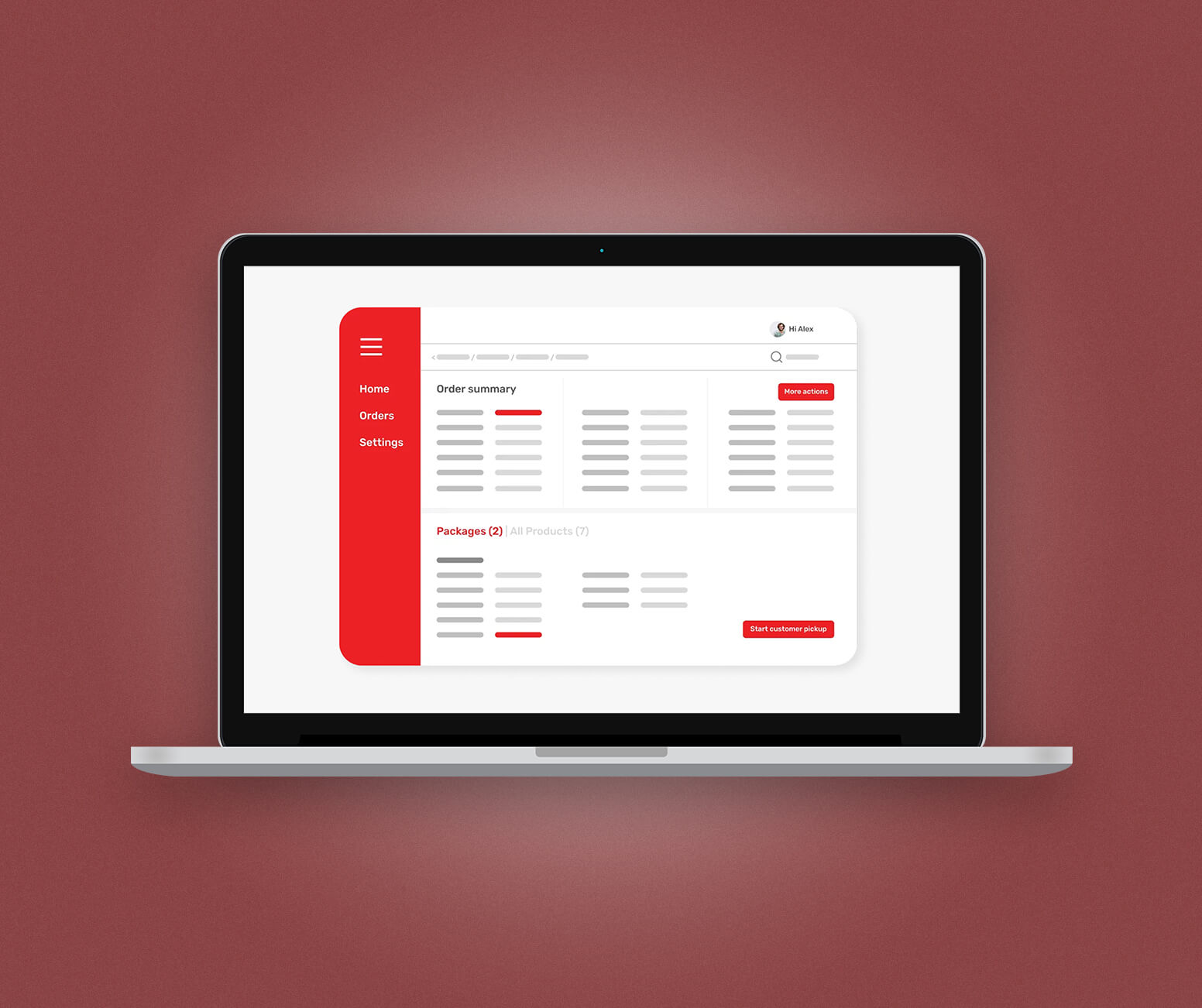

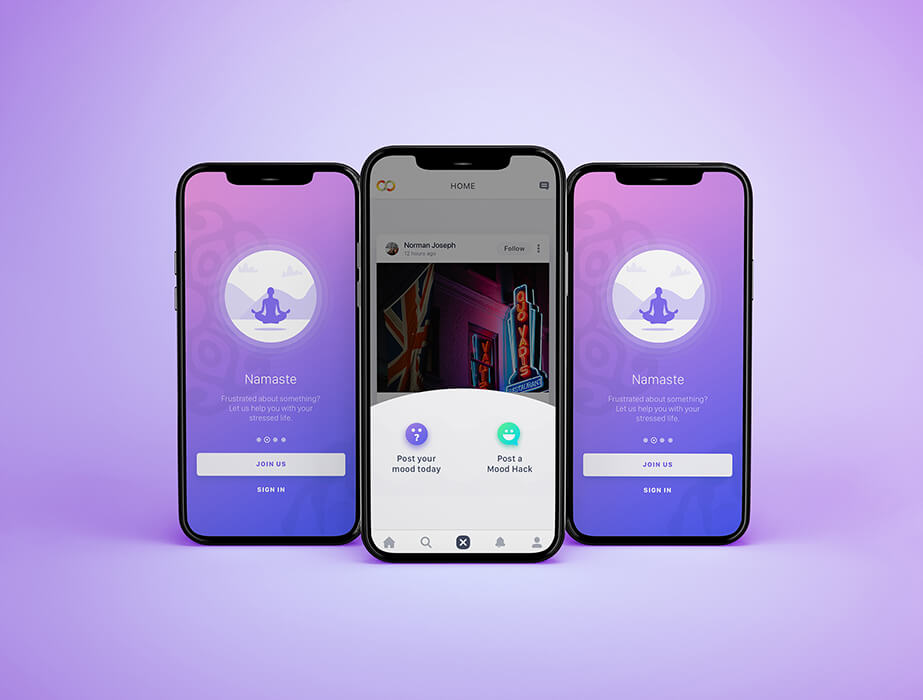

 Facebook
Facebook X
X LinkedIn
LinkedIn YouTube
YouTube Instagram
Instagram RSS
RSS


